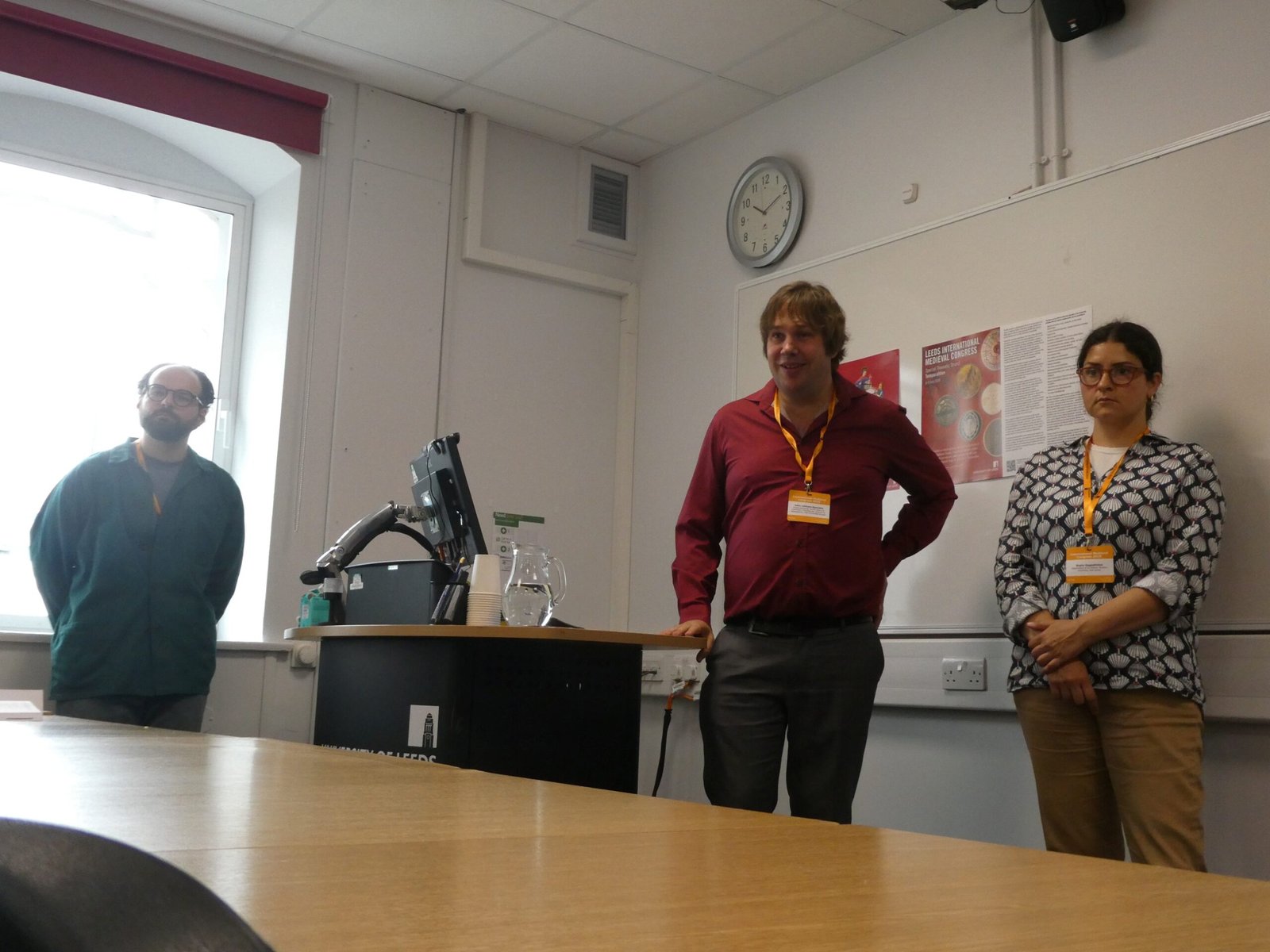At this year’s International Medieval Congress we organised two sessions on our theme of Learning Caucasian Worlds. Our organisers for this year were James Baillie and Nick Evans, and Nick and Irakli Tezelashvili were our two session moderators.
In our first session we had Sopio Gagoshidze discuss the Kakhuli Triptych and some alternative possibilities for how we should understand the creation of its outer wings, and Irakli Tezelashvili discussing the importance of Hellenophile scholarly and clerical networks in forging new power relationships in the era of David IV that can be traced through the period’s architecture. John Latham-Sprinkle then spoke about developing a potential alternative theory for Christianisation in the medieval North Caucasus, focusing on wider adoption of Christian ideas and symbolism from below at earlier stages which were then formalised, rather than imposed, by rulers.
Our other session had two papers, one by Ann Christys which examined the complex manuscript traditions around the works of Ibn Hawqal and other Islamic travellers to the region in the early to high medieval periods, and one by James Baillie which discussed gender in the medieval Caucasus, the problems with assessing what it meant to be masculine or feminine in this epoch and some theories about how elite masculine identity might have provided bridging points between otherwise divided cultural groups in the Caucasus region.

We were also particularly pleased to see a lot of representation for the medieval Caucasus beyond our sessions: there has undoubtedly been a big increase in Caucasus scholarship being integrated into panels relating to the Byzantine, Islamicate, and Mongol worlds. Papers on the Caucasus beyond our core strand this year included discussions of Armenian architecture in the Moving Byzantium and RELEVEN projects’ panels, of Georgian archaeology in combat representations, and of Armenian material viewed in Chingissid contexts. This is a very positive change for international scholarship that we hope continues in future years.
We’re as ever very pleased to have been able to put together so many fruitful sessions and interesting discussions, and are looking forward to being able to do more again next year. Thanks to all who joined and attended our sessions!

